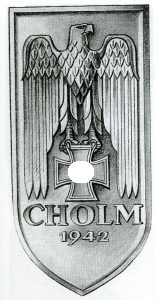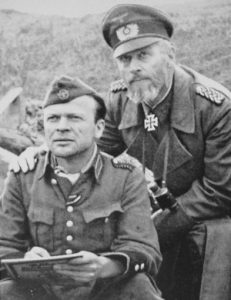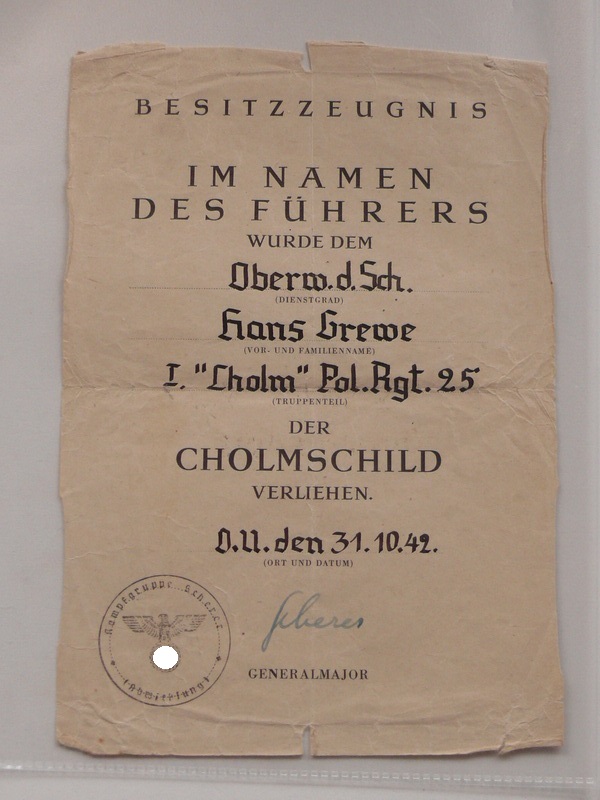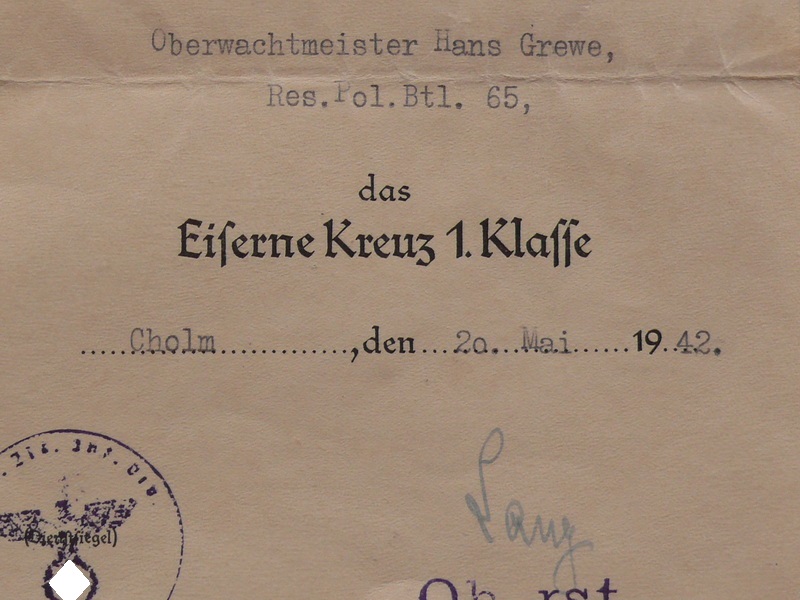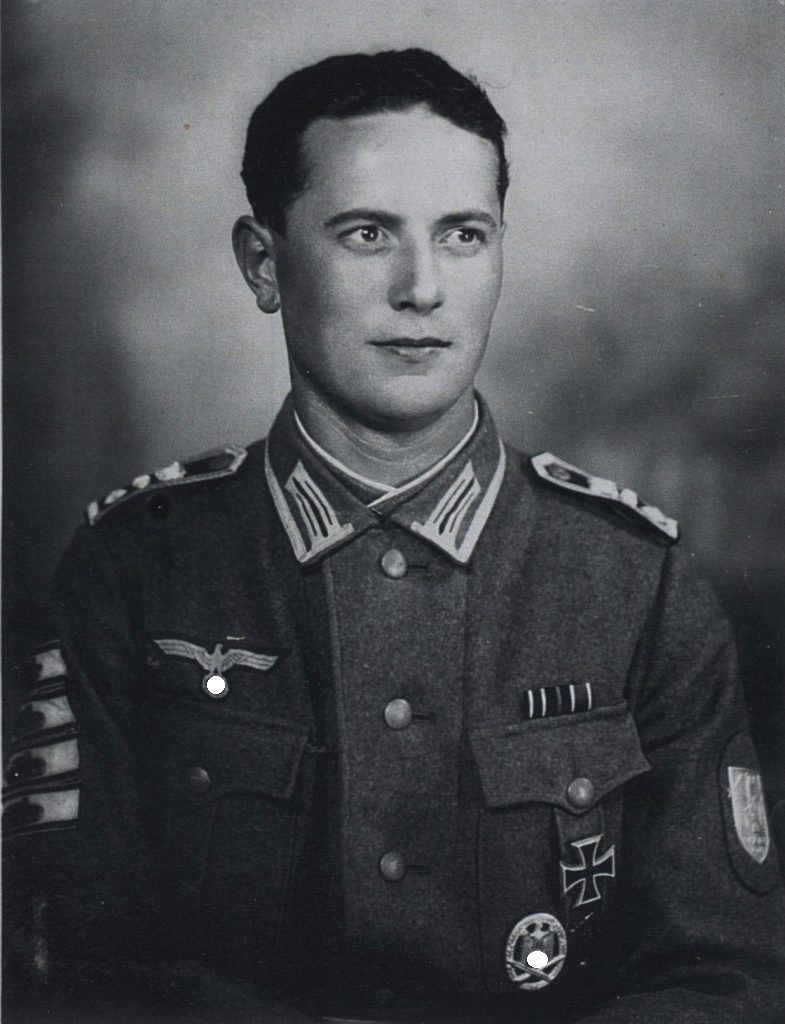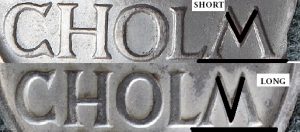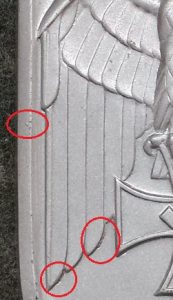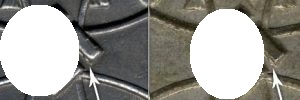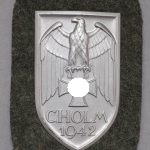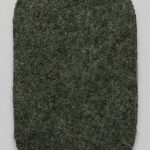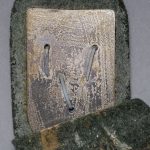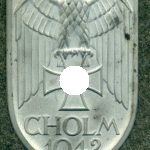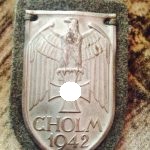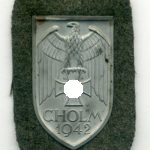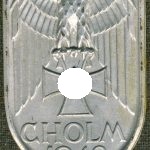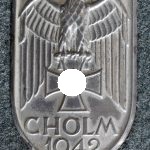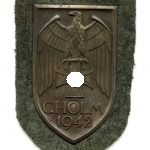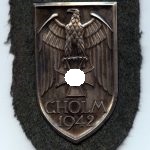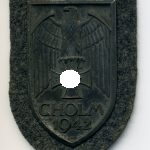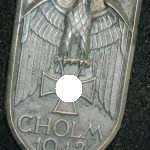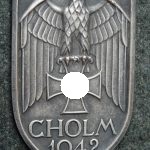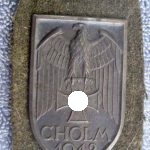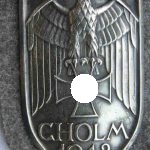Es handelt sich bei dieser Anerkennungsurkunde um eine der seltensten Auszeichnungen der Deutschen Wehrmacht. Diese Urkunde wurde lediglich 591-mal verliehen und ist nur in ganz wenigen Fällen erhalten geblieben. Die Anerkennungsurkunde wurde verliehen für den Abschuss von feindlichen Flugzeugen mit Infanteriewaffen, also Karabiner, Maschinenpistole und Maschinengewehr.
Es existieren 2 unterschiedliche Typen von Urkunden.
Der erste Urkundentyp der Anerkennungsurkunde des Oberbefehlshabers des Heeres für Flugzeugabschüsse ist mit Originalunterschrift von Generalfeldmarschall von Brauchitsch versehen und wurde erstmalig in meinem Buch „Das Panzervernichtungsabzeichen sowie das Tieffliegervernichtungszeichen“ veröffentlicht. Bis zu diesem Zeitpunkt konnte über das Aussehen dieser Urkunde nur spekuliert werden.
Der Autor Veit Scherzer hat in seinem Buch „Die Inhaber der Anerkennungsurkunde des Oberbefehlshabers des Heeres für Flugzeugabschüsse 1941 – 1945“ die Vermutung geäußert, dass die Urkunden im Verleihungszeitraum bis 19.12.1941 – Tag der Entlassung des Generalfeldmarschall von Brauchitsch als Oberbefehlshaber des Heeres – sehr ähnlich den Anerkennungsurkunden für hervorragende Leistungen auf dem Schlachtfeld des 1. Typs waren. Mit dieser Vermutung hat er Recht.
Hinsichtlich der sehr komplexen Verleihungsbedingungen für die Anerkennungsurkunden für den Abschuss von Flugzeugen sei der Leserschaft das sehr ausführliche und im Detail recherchierte Buch von Veit Scherzer zu empfehlen.
Die Anerkennungsurkunde wurde lediglich 591-mal in der Zeit von September 1941 bis Februar 1945 verliehen, davon 285 an Einzelpersonen des Heeres und der Waffen-SS und 306 an Einheiten des Heeres und der Waffen-SS.
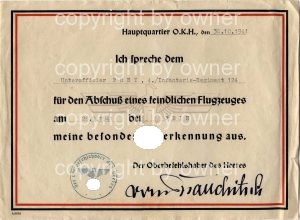
des 1. Typs – mit Original Unterschrift von Brauchtisch – verleihen. Er schoss am 20. September 1941 ein feindliches Flugzeug bei Fein (Südabschnitt der Ostfront) ab. Unteroffizier Frey diente bei der 4. Kompanie, Infanterie-Regiment 124, 72. Infanterie-Division und war unter anderem auch mit dem Eisernen Kreuz 2. und 1. Klasse, sowie dem Infanteriesturmabzeichen beliehen.
Dem Obergefreiten Theo Füchtenhans wurde am 1. Mai 1944 eine Urkunde des 2. Typs mit Unterschrift von Adolf Hitler verliehen, er schoss am 2. März 1944 ein Flugzeug bei Tschisslowo ab. Gefreiter Füchtenhans diente in der 8. Kompanie des Grenadier-Regimentes 551, 329. Infanterie-Division. Die Urkunde trägt die faksimilierte Unterschrift Adolf Hitlers als Oberbefehlshaber der Wehrmacht, sie wurde mit einem Blindprägesiegel versehen.
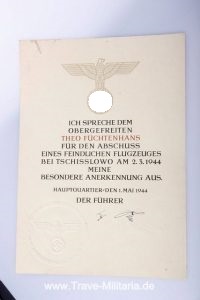
Es wurden nicht nur an Einzelpersonen Anerkennungsurkunden verliehen, für den gemeinschaftlichen Abschuss eines Flugzeuges wurden Urkunden an Einheiten verliehen. Leider liegt mir keine Urkunde der Verleihung an eine Einheit zur Veröffentlichung in diesem Blog vor, so dass auf mein Buch verweise, in dem eine Urkunde an die Leichte Fahrkolonne 9/194 gezeigt wird.
Eine äußerliche Kenntlichmachung der Beliehenen in Form einer tragbaren Auszeichnung erfolgte bis zum Jahre 1945 nicht.
Im Reichsgesetzblatt Teil 1 vom 14.02.1945 wurde die Einführung eines Tieffliegervernichtungsabzeichens bekannt gegeben. Die Stiftung des Abzeichens war am 12.02.1945. Nachfolgend ist das Reichsgesetzblatt abgebildet.
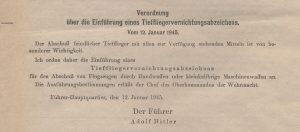
In diesem Zusammenhang sind die Durchführungsbestimmungen zur Einführung dieses Abzeichens sehr interessant (beachte „I. Grundsätzliche Bestimmungen“):
Durchführungsbestimmungen zur Verordnung über die Einführung des Tieffliegervernichtungsabzeichens vom 12.1.45
Auf Grund des letzten Absatzes der Verordnung über die Einführung des Tieffliegervernichtungsabzeichens wird auf Weisung des Führers bestimmt:
1. Das Sonderabzeichen wird an Soldaten verliehen, die in diesem Kriege mit Handwaffen (Gewehr, Maschinenpistole oder M.G. Ka. 1,2 cm und kleiner) einen feindlichen Tiefflieger abgeschossen haben. Für jedes abgeschossene Flugzeug wird an den entscheidend beteiligten Einzelschützen ein Sonderabzeichen verliehen.
2. Das Abzeichen besteht aus einem Band aus Aluminiumgespinst von 90 mm Länge und 32 mm Breite mit 2 eingewirkten schwarzen Streifen (3 mm breit), auf dem die aus Blech gestanzte Silhouette eines Flugzeuges in Schwarz angebracht ist.
3. Der Ärmelstreifen wird auf dem rechten Oberärmel der Feldbluse getragen. Bei erneuter Verleihung wird ein weiterer Ärmelstreifen angelegt. An Stelle von 5 Abschüssen ist ein Abzeichen in Gold zu tragen.
4. Das Sonderabzeichen wird durch Truppenführer mindestens im Range eines selbständigen Brigade-Kommandeurs auf schriftlichen Vorschlag des Einheitsführers durch Tagesbefehl verliehen.
5. Tag der Verleihung ist in die Personalpapiere einzutragen. Beglaubigte Abschrift des Tagesbefehls ist den Beliehenen auszuhändigen.
6. Die Lieferung der Abzeichen wird dem Wehrmachtbeschaffungsamt (Bekleidung und Ausrüstung übertragen.
Führerhauptquartier, den 13. Januar 1945
Der Chef des Oberkommandos der Wehrmacht
KEITEL
Zusätze des Oberkommandos des Heeres zu den Durchführungsbestimmungen des O.K.W. zur Verordnung über die Stiftung des Tieffliegervernichtungsabzeichens.





I . Grundsätzliche Bestimmungen.
Zu. 1. Einzelschützen, denen die bisherige Anerkennungsurkunde des Führers für den Abschuss feindlicher Flugzeuge mit Infanteriewaffen verliehen wurde, ist das Abzeichen nachträglich auszuhändigen. Ist nicht einwandfrei zu klären, wem der Abschuß zuzuschreiben ist, so muß von der Verleihung abgesehen werden.
Text und Recherche Dirk Schneider
Autor folgender Bücher:
1: Das Panzervernichtungsabzeichen sowie das Tieffliegervernichtungsabzeichen
2. Ärmelstreifen / Cuff Titles Großdeutschland, Brandenburg & Führerhauptquartier
Danke and die Firma www.trave-militaria. de für die Überlassung des Bildmaterials Nachlass Fürchtehans.
„Subscribe“ / „abonniere“ den Blog und bekomme immer dann eine Nachricht, sobald ein neuer Beitrag erscheint….
Copyright 2018 : Alle Rechte bei dem Verfasser Dirk Schneider
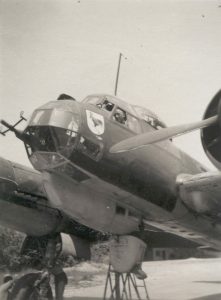
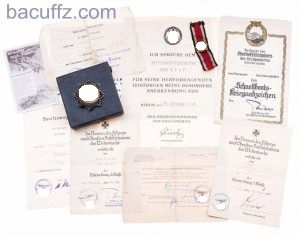
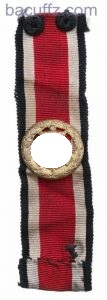
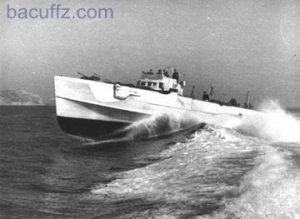
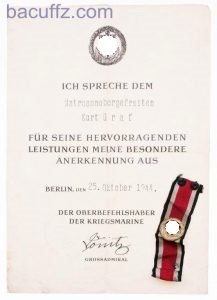
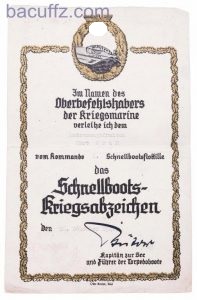
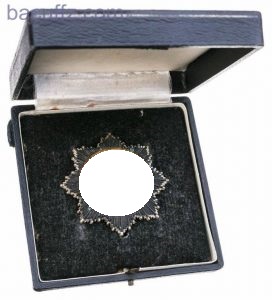
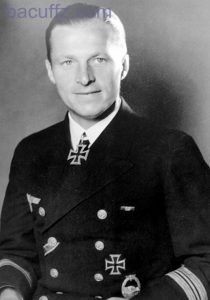
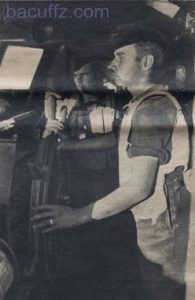








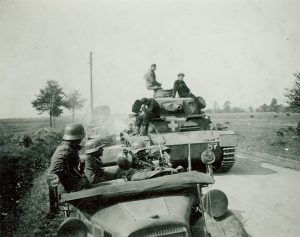
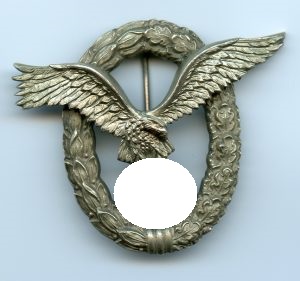
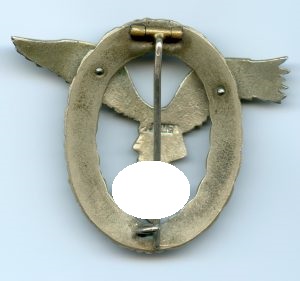
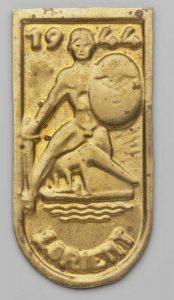
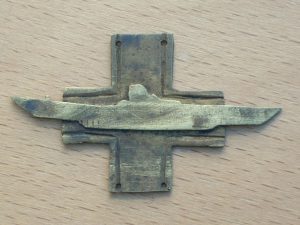

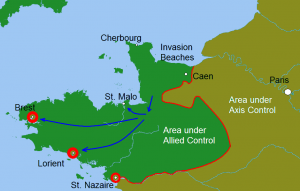
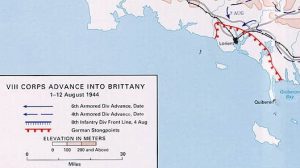
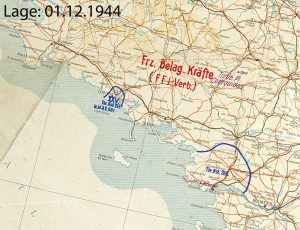
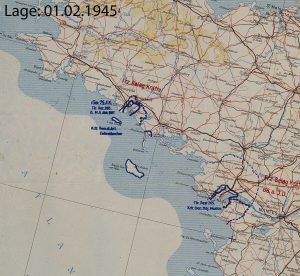
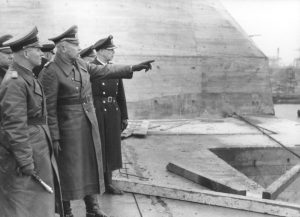
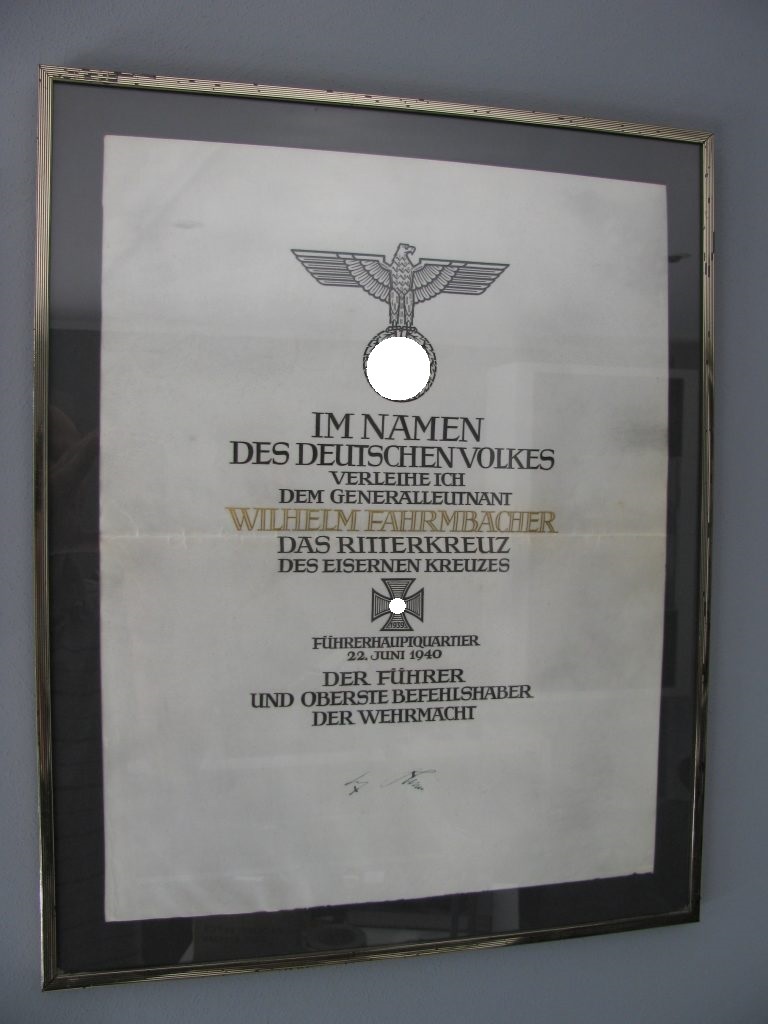
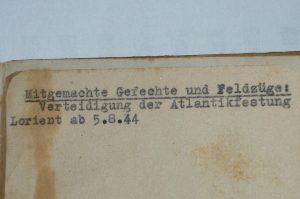
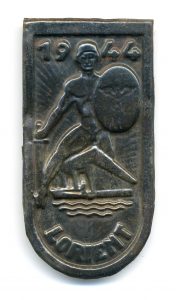
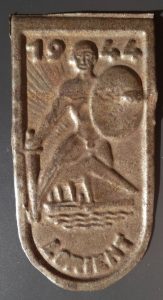
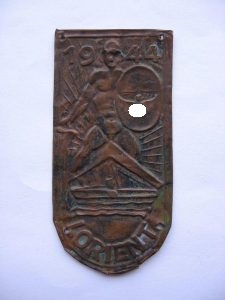
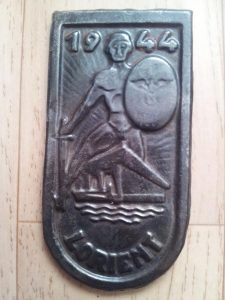































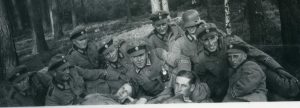
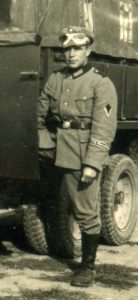
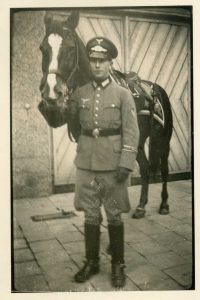
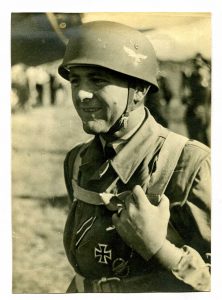

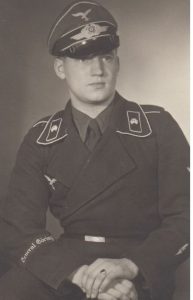
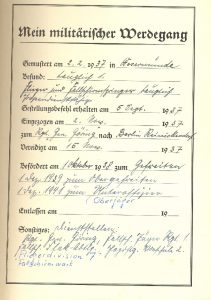










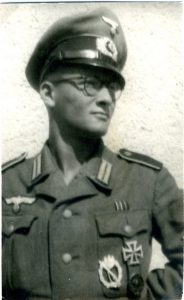
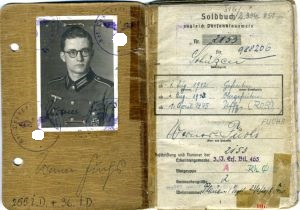
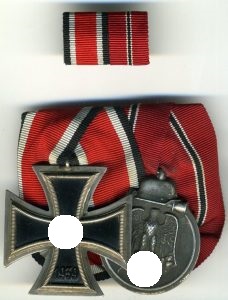
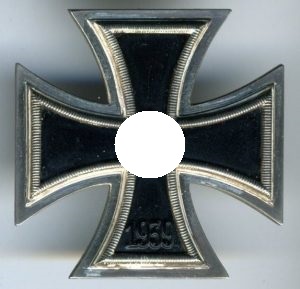
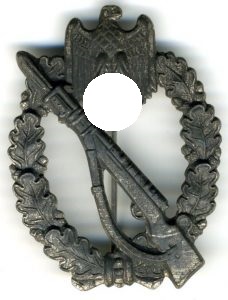
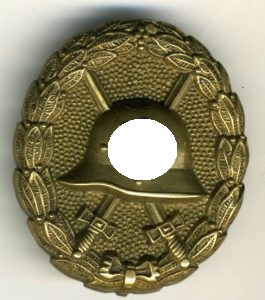









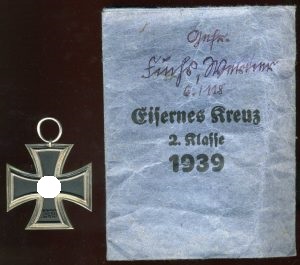







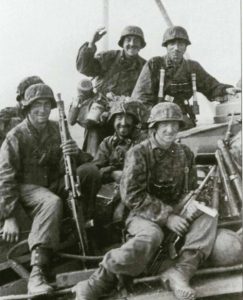
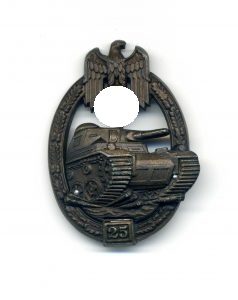
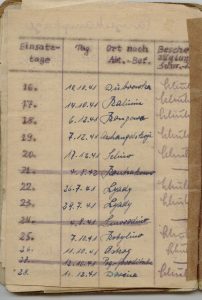
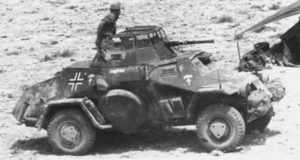
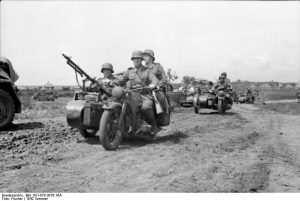
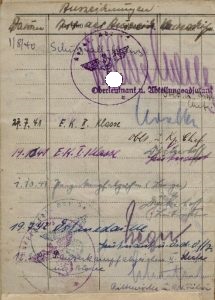

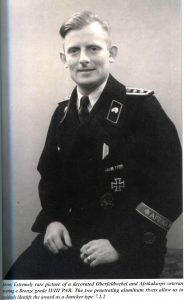





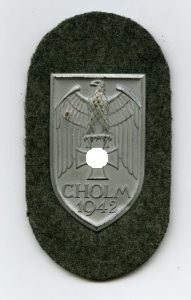
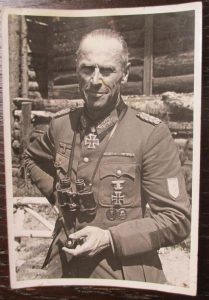
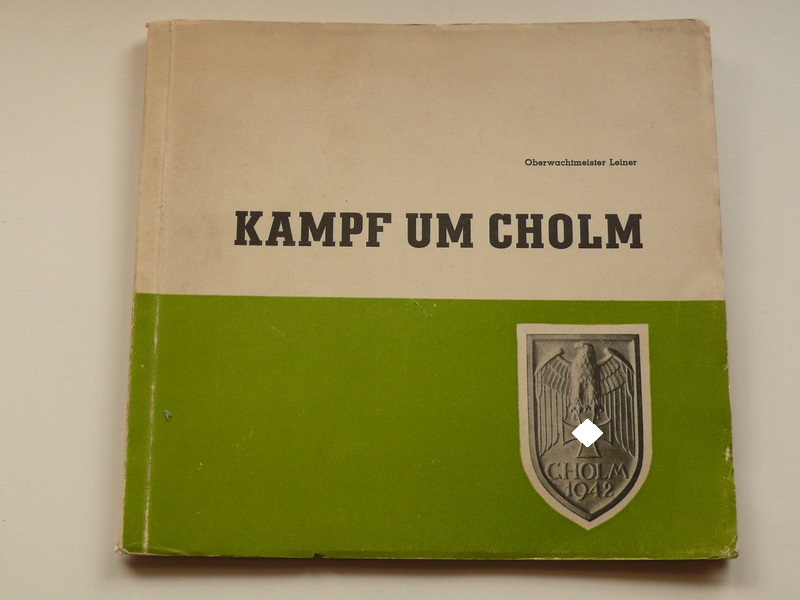 He told me about that time only a little bit, because he got always very shaky talking about his years on the eastern front. But that day he explained when he was hit and at which place it happened. It was the fighting in the pocket of
He told me about that time only a little bit, because he got always very shaky talking about his years on the eastern front. But that day he explained when he was hit and at which place it happened. It was the fighting in the pocket of